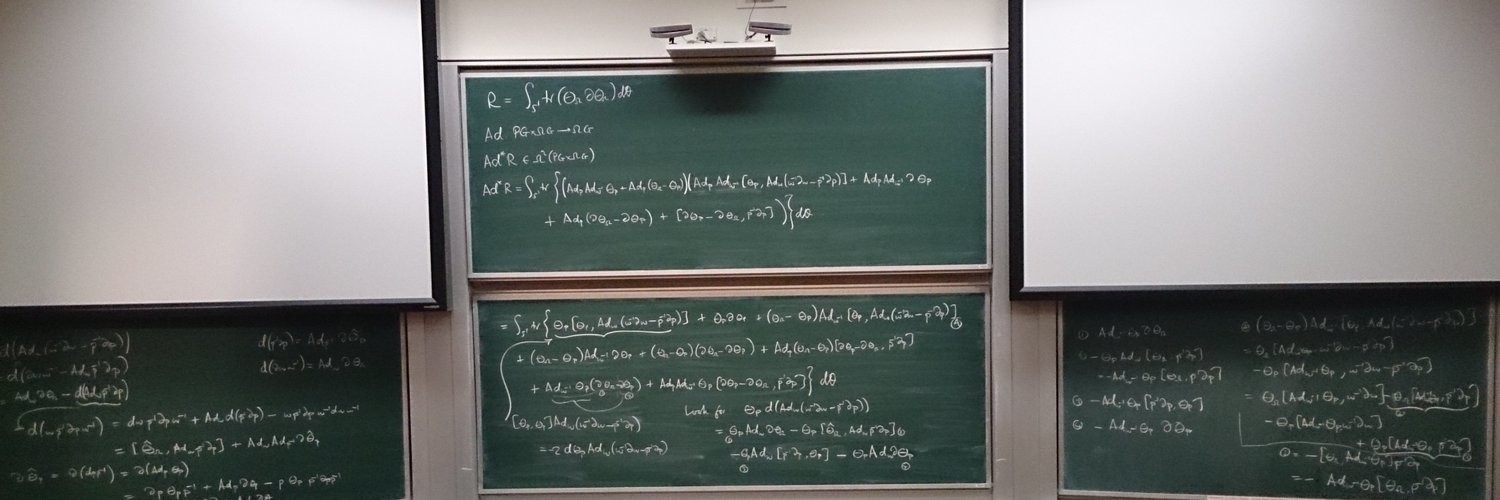


rimcræftiga |
bespoke constructions in categorified geometry since 2010 |
dude
This profile is from a federated server and may be incomplete. Browse more on the original instance.


rimcræftiga |
bespoke constructions in categorified geometry since 2010 |
dude
This profile is from a federated server and may be incomplete. Browse more on the original instance.